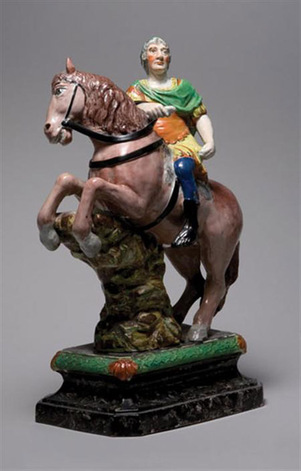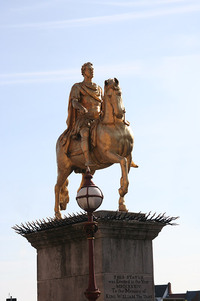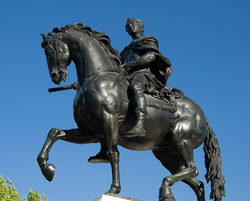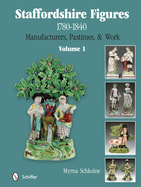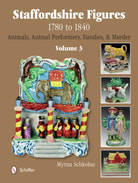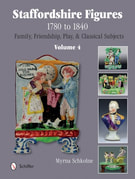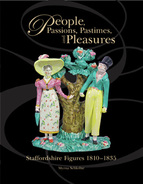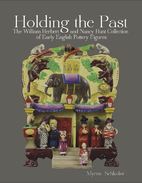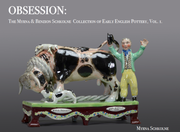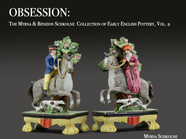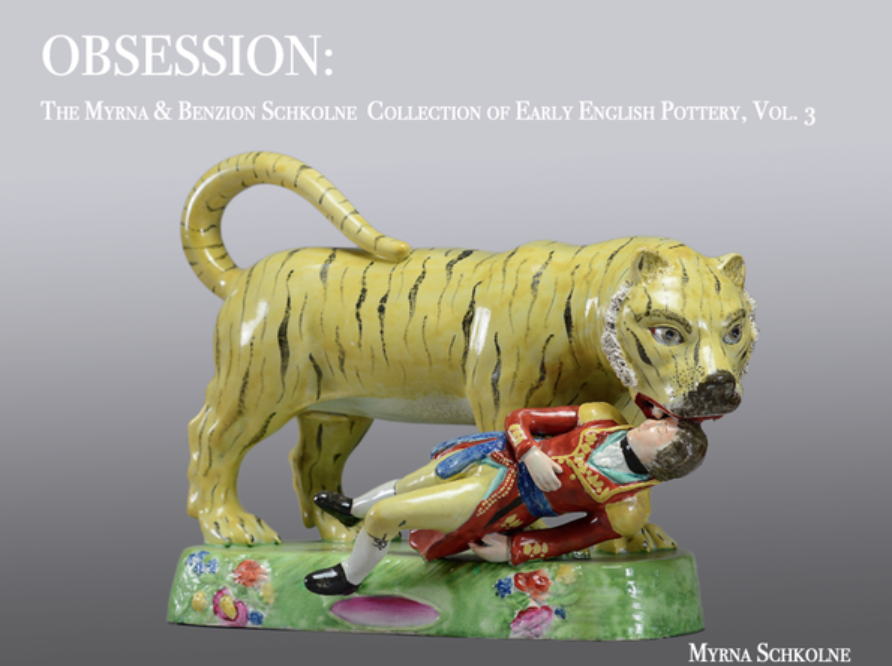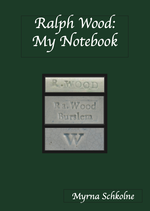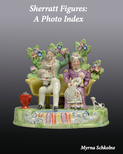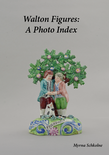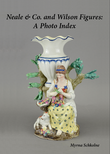The other candidate for representation is King William III, who ruled England from 1689 to 1702. It seems unlikely that a long-dead monarch inspired replication in clay, but that is indeed the case, and equestrian statues of William III popped up across England in the 18th and even 19th centuries.
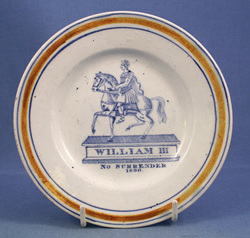
This pearlware plate, ca. 1800, bears a transfer print of the famous statue. It reads "William III. No Surrender 1690"
So why does William III look like Julius Caesar in all the statues? Apparently William led his forces to victory at Namur in 1795, and a medal was struck commemorating the event. The medal shows William III on horseback in Roman dress, a commander's baton in his right hand. The flattering "Caesar theme" was then adopted for statues. The story goes that Petersfield's statue's sculptor committed suicide because of an omission (rumored to be the tongue) in the statue. Next time you see the figure, check for all necessary body parts. Meanwhile, you can ask Paul Vandekar about our fine example in the stock of Earl D. Vandekar of Knightsbridge.
Our pearlware figure can reasonably be attributed to Enoch Wood and was probably made while he was in partnership with James Caldwell. I believe the figure dates to the earliest years of the 19thC and was inspired by the statue of William III erected in St James Square, London, ca, 1807. London's statue of William III has beneath the horses hooves a molehill. Why? King William III died from injuries caused when a molehill tripped his horse Thus, supporters of Catholic causes in later years toasted "the little gentleman in the black velvet waistcoat"--the mole!
